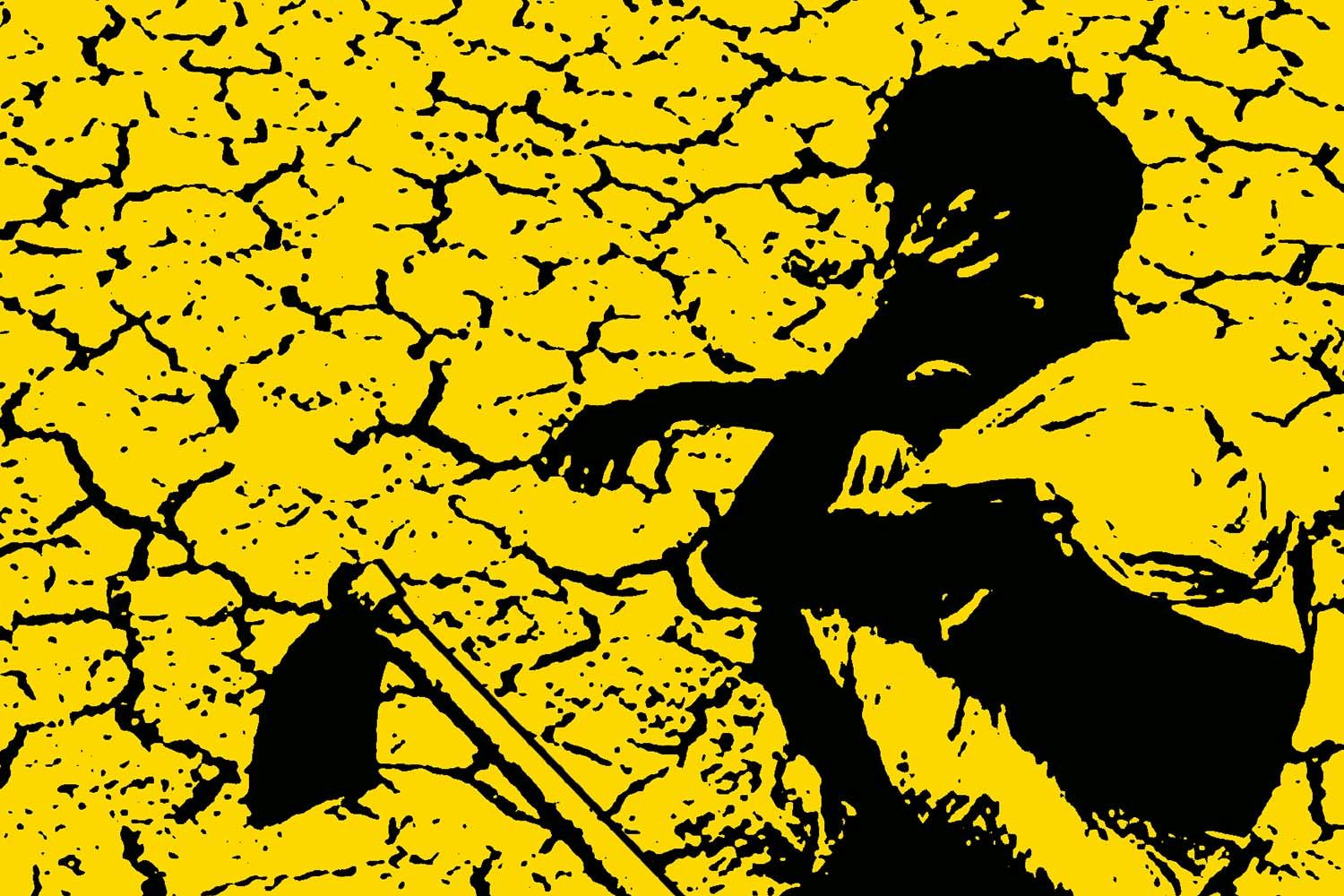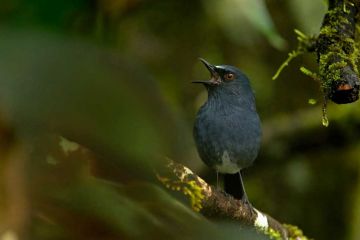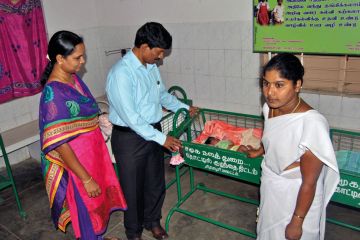
In their conversations with farmers, all that the researchers heard was climate trauma, centred on the vagaries of weather. Geethalakshmi Vellingiri heard farmers in her study site—Manapparai taluk in Tiruchirapalli district, Tamil Nadu—agonise over hotter summers, unseasonal rain, and extreme fluctuations in the amount of precipitation. Geethalakshmi is an agroclimatologist at Tamil Nadu Agricultural University, Coimbatore, and principal investigator of the “Agricultural Model Intercompari
Continue reading “The uncertain future of Indian agriculture”
Read this story with a subscription.





